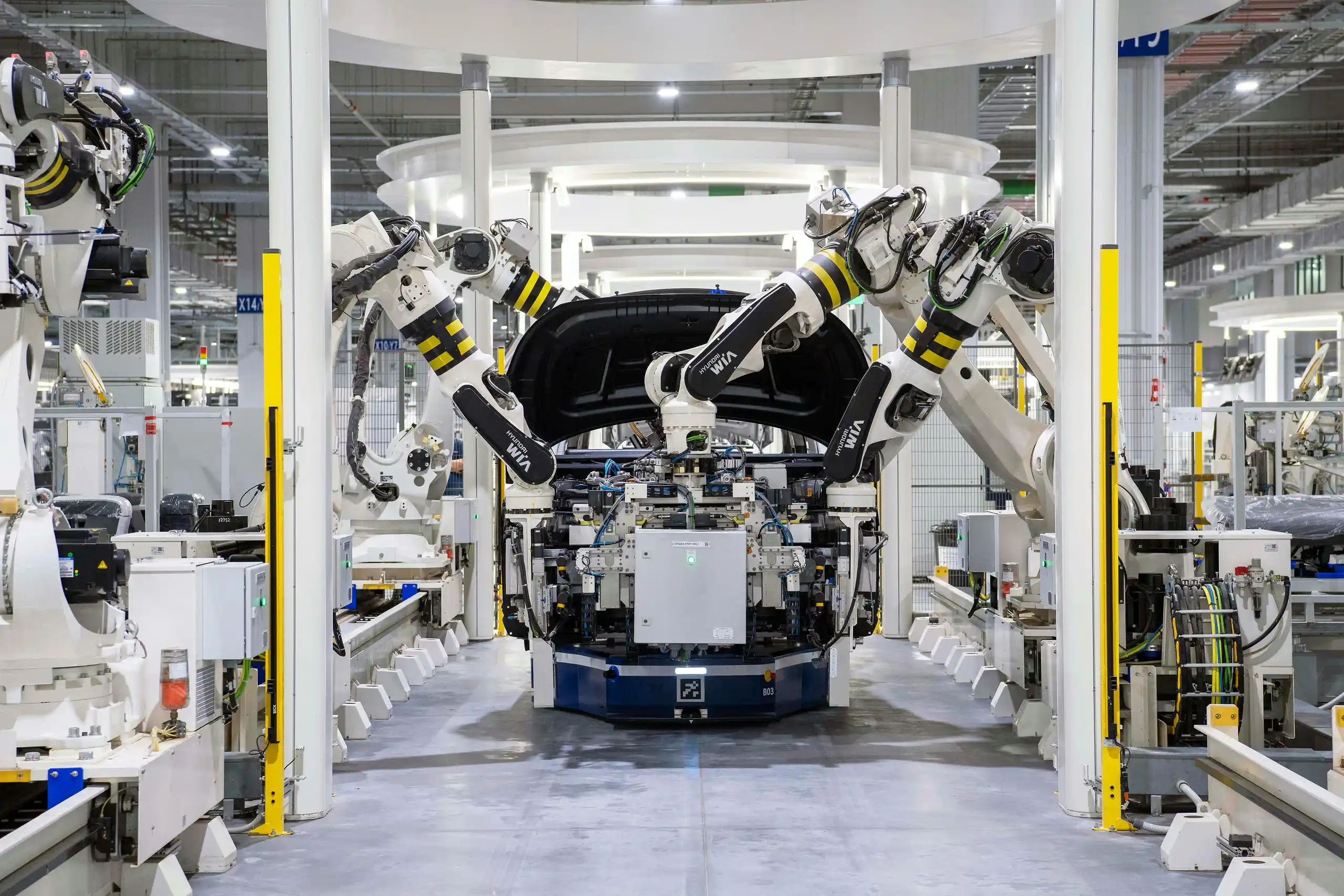Automation has been a cornerstone of human progress for centuries. It has made work faster, easier, and more efficient—reshaping not only how we operate in business, but how we live. From ancient engineering feats to today’s intelligent systems, automation continues to evolve, unlocking new possibilities at every turn.
In this post, we’ll take a journey through history to understand how automation developed, and how it’s shaping our future.
Ancient roots: The origins of automation
Imagine a time before engines, before electricity—when nearly everything was done by hand. One of the earliest large-scale examples of mechanised labour can be traced to ancient Egypt, with the construction of the pyramids. Massive stones were moved with primitive tools and immense manpower—an early form of coordinated automation.
Around 300 BC, Greek engineer Philo of Byzantium described a revolutionary invention: the watermill. It could grind grain without human effort. The Romans later adopted and expanded on this innovation, creating massive watermill complexes, such as the one in Barbegal, France. These systems powered flour production, textile mills, and metalworking operations—reducing the need for human labour and laying the groundwork for industrial development.
The mechanical age: precision and progress
By the 13th century, mechanical clocks were transforming timekeeping. Using gears, weights, and escapements, they could measure time automatically. By the 14th century, cities across Europe featured elaborate astronomical clocks that tracked both time and celestial events.
Then, in 1440, Johannes Gutenberg’s printing press changed everything. With automation in printing, books and newspapers became widely accessible, democratising knowledge and revolutionising communication.
The industrial revolution: Automation at scale
The late 18th century ushered in a new era—the Industrial Revolution. Machines began doing in minutes what previously took hours. Some landmark innovations of the time include:
- 1769 – James Watt’s steam engine, which powered factories and revolutionised transportation and manufacturing.
- 1785 – Edmund Cartwright’s power loom, dramatically accelerating textile production.
- 1793 – Eli Whitney’s cotton gin, which streamlined cotton processing and transformed the agricultural economy.
These breakthroughs marked the shift from manual labour to mechanised production—forever altering the pace and scale of industry.
The 20th century: Factories, robots, and the digital shift
Factory automation reached new heights in the 20th century. In 1913, Henry Ford introduced the moving assembly line. Car production time plummeted from 12 hours to just 90 minutes. Powered by conveyor belts and electricity, factories became hubs of mass production.
By 1961, General Motors introduced the first industrial robot, revolutionising factory floors. Meanwhile, offices saw early automation with tools like 3-part carbon paper for duplicating documents—cutting down on repetitive tasks.
The digital era of the 1980s and ’90s brought even more transformation. Software replaced paper workflows. Digital spreadsheets, databases, and email became the new norm, reducing errors and improving efficiency. Cloud computing and robotic process automation (RPA) further elevated productivity, enabling global operations with the click of a button.
Today and tomorrow: The age of intelligent automation
We now live in the era of artificial intelligence and machine learning. From chatbots and self-driving cars to predictive analytics, AI is transforming how we make decisions, serve customers, and build smarter businesses.
Automation today isn’t just about replacing human effort—it’s about enhancing it. AI systems can:
- Predict market trends
- Optimise logistics
- Support complex decision-making in sectors like healthcare, insurance, and finance
- Automate creative tasks like writing, design, and marketing
- Generate real-time, personalised customer experiences
Robotics is also advancing rapidly. Intelligent machines are becoming more autonomous and integrated into production lines, warehouses, and even service industries.
Redefining workflow automation at Dajon
At Dajon Data Management, we’re helping businesses move beyond outdated, manual processes. We believe intelligent workflow automation is key to building agile, future-ready operations.
This isn’t just about saving time—it’s about shaping a world where technology fuels innovation, insight, and impact.
Let us help you unlock what’s possible.
Get in touch today to start your journey toward smarter, more efficient workflows.
